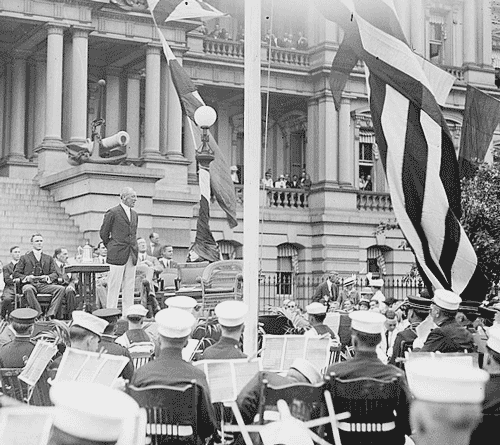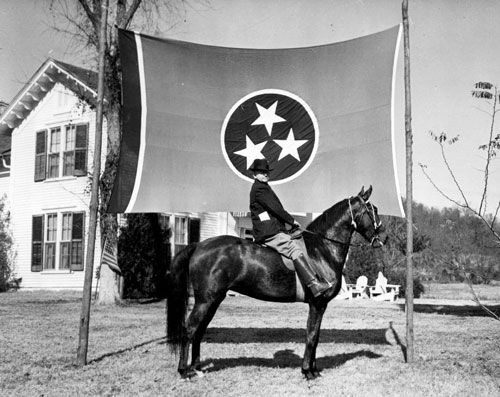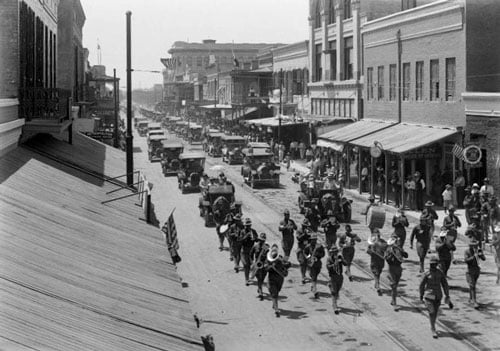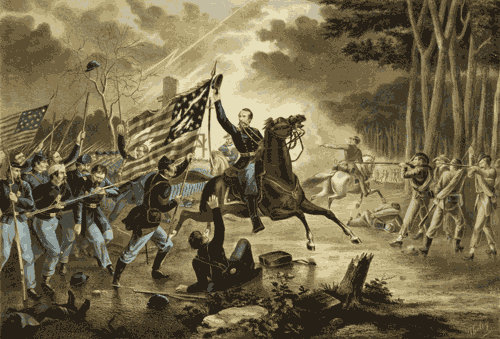FDR said ‘flag’ ten times on 9/11
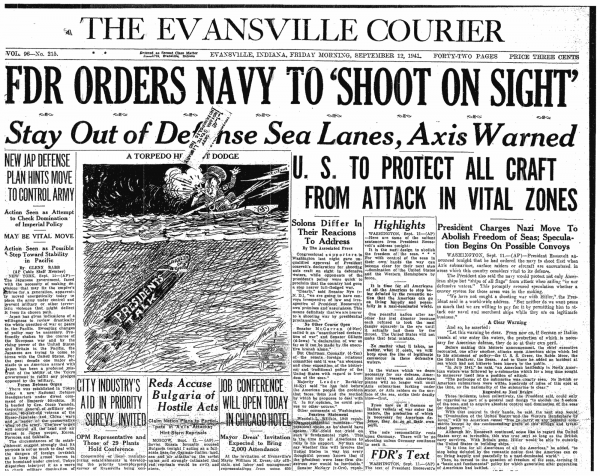
Americans will soon mark the 15th anniversary of the 9/11/2001 attacks on the U.S. That night, backed by an American flag, President George W. Bush addressed the nation from the White House. Sixty years earlier, Americans listened to a similar speech from the White House, this time by President Franklin D. Roosevelt. During his 9/11/1941… continue

